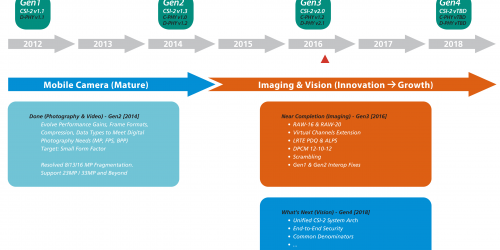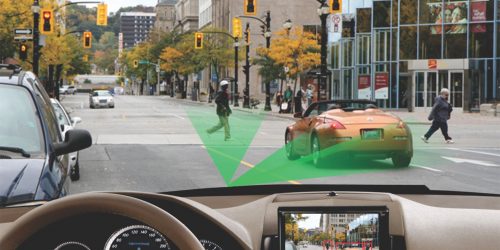Videantis Demonstration of Its Deep Learning, Vision and Video Processing Capabilities
Tony Picard, Vice President of Sales at videantis, demonstrates the company's latest embedded vision technologies and products at the January 2019 Consumer Electronics Show. Specifically, Picard gives an overview of videantis and demos deep learning, computer vision, and video coding technology for automotive applications. Headquartered in Hannover, Germany, videantis provides leading processor technology to its […]
Videantis Demonstration of Its Deep Learning, Vision and Video Processing Capabilities Read More +




